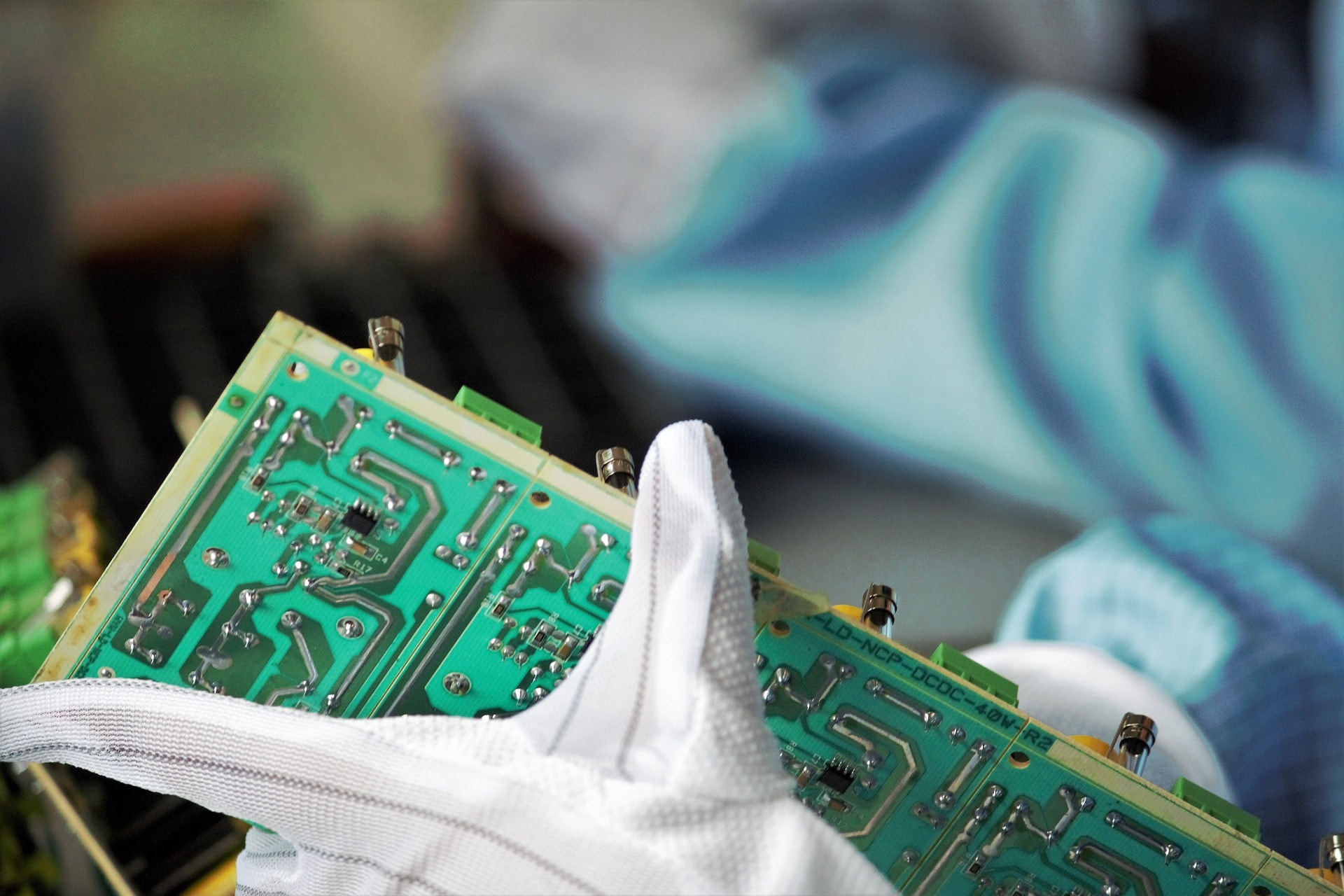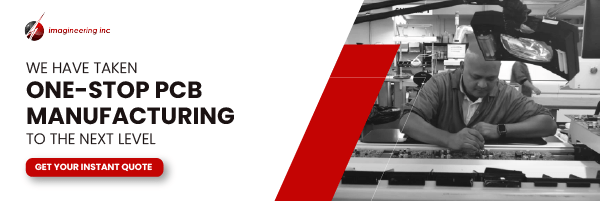Surface mount technology (SMT) was originally called “planar mounting” and was first used by IBM in the 60’s to design small-scale computers. This technology was eventually adopted for use in guidance systems in the space program and has been constantly improving since.
SMT produces electronic circuits in which the components are directly mounted onto the printed circuit boards (PCBs). Surface-mount devices (SMDs) are the result. This technology replaces through-hole using wire lead component construction. Many components for SMT, often referred to as surface mount devices or SMDs, are smaller and lighter than their counterparts because they have short pins, smaller leads (or no leads at all).
Top Advantages of Surface Mount Technology
Smaller size and reduced weight are the two main advantages to SMT. Components can be aligned closer together and end products will be more compact and lightweight.
Here are additional benefits of SMT:
- Component placement autocorrect – The solder surface tension forces components into alignment with solder pads. This reduces placement errors.
- Cost – Smaller-sized SMDs or components have a lower cost than their larger through-hole versions.
- Design flexibility – You can combine through-hole and SMT manufacturing on the same board for greater functionality.
- EMC compatibility – Smaller deliverables with lower lead induction gives you a small radiation loop area for better electromagnetic compatibility.
- Fabrication automation – With standardization of design and components, fabrication can be automated.
- Faster production set-up – Circuit boards don’t have to be drilled for assembly.
- Higher circuit speeds – Most manufacturers rate this the number-one benefit.
- Lower resistance/induction – High-frequency performance reduces unwanted consequences of RF signals.
- Manufacturing/production speed/efficiency – Reduced/eliminated drilling and shorter set-up times increase the speed of manufacturing.
- Multitasking – High-end components are more versatile.
- Quantity (and quality) – More components can be positioned using both sides of the circuit board, creating more connections for each component. Fewer circuit boards are needed for devices.
- Selective soldering – Soldering can be customized. Components are attached with a solder that is also a glue.
- Stability – Better performance delivery is realized with shaking/vibration mechanical conditions. SMT connections are more reliable.
Surface Mount Technology Assembly: The Process
Design for manufacturing (DFM) software gives circuit designers the foundation for their surface mount technology component placement and production. The software helps designers to consistently meet stringent industry quality standards. This is where functionality and design features should merge.
The End-Result is Customer Satisfaction
Surface mount technology has led to much easier electronic circuitry creation and production, especially important in complex circuits. This higher level of automation has saved time and money throughout our industry.
Industry standards for most SMDs have simplified design and manufacturing considerations to work in harmony, producing PCBs of consistent quality with automated manufacturing processes. These PCB production efficiencies reduce (and simplify) change requirements while the shorter lead times make our customers more competitive.


